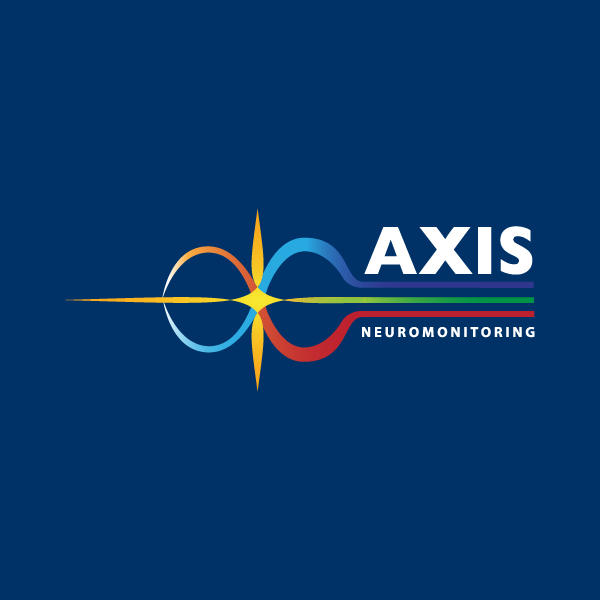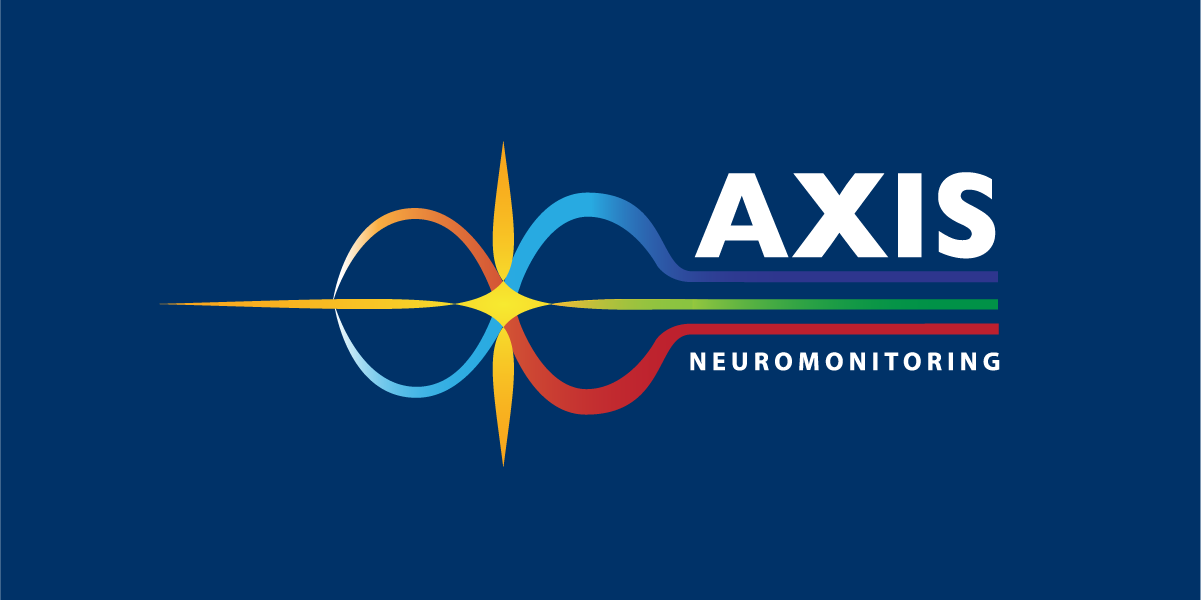Optimizing Outcomes in Minimally Invasive Surgeries with Intraoperative Neuromonitoring (IONM)
March 31, 2025
Minimally invasive esophagectomy (MIE) has revolutionized the treatment of esophageal cancer by reducing postoperative complications and improving recovery rates. Yet, the intricate nature of these procedures, particularly 3-field esophagectomy with extensive lymphadenectomy, poses significant risks to critical structures like the recurrent laryngeal nerves (RLNs). Intraoperative neuromonitoring (IONM) has emerged as a valuable tool to mitigate these risks, offering a path to safer and more effective surgeries.
The Role of IONM in Minimally Invasive Esophagectomy
MIE, which includes robotic and thoracoscopic approaches, is the gold standard for esophageal cancer surgery. This technique minimizes complications such as pulmonary infections and facilitates faster recovery compared to open surgery. However, the challenge of protecting the RLNs remains a significant concern. These nerves, crucial for vocal cord function, are at high risk during procedures involving the mediastinum and cervical regions. Vocal cord paralysis, reported in 20%–50% of cases, can lead to hoarseness, swallowing difficulties, and even life-threatening conditions like aspiration pneumonia.
IONM provides real-time feedback during surgery, enabling surgeons to identify and preserve nerve integrity. By reducing the risk of nerve injury, it also minimizes postoperative complications such as tracheostomy and bronchoscopy.
Study Insights: Enhancing Outcomes with IONM
A retrospective analysis of 24 patients undergoing minimally invasive 3-field esophagectomy at Tata Memorial Centre demonstrated the safety and feasibility of IONM. Key findings include:
- Reduced Vocal Cord Paralysis: Patients monitored with IONM exhibited a 26% reduction in recurrent nerve paralysis compared to a historical cohort.
- Improved Functional Recovery: Among patients who experienced nerve paralysis, 75% regained normal vocal function during follow-up.
- Higher Nodal Yield: IONM-enabled surgeries achieved superior lymph node dissection, which is critical for staging and improving survival outcomes.
- Fewer Postoperative Interventions: IONM reduced the need for tracheostomies and bronchoscopies, further decreasing recovery times and healthcare costs.
How IONM Works
IONM involves using electromyographic (EMG) endotracheal tubes equipped with electrodes to monitor RLN activity. By delivering electrical stimuli to the nerves during surgery, the system measures nerve responses in real time. Any significant changes in amplitude or latency serve as warnings, allowing surgeons to adjust their approach and prevent potential damage.
During minimally invasive procedures, ensuring optimal nerve monitoring requires:
- Careful selection and placement of EMG endotracheal tubes
- Limited use of muscle relaxants to maintain nerve excitability
- Close collaboration between surgeons, anesthesiologists, and neurophysiologists
Challenges in Adopting IONM
Despite its advantages, the adoption of IONM in MIE remains limited due to:
- Technical Barriers: The need for specialized equipment like EMG-compatible tubes and advanced monitoring systems.
- Skill Requirements: Surgeons must be proficient in interpreting IONM feedback and adapting their techniques.
- Cost Concerns: The upfront investment in IONM equipment and training can be prohibitive for some healthcare facilities.
However, as demonstrated by this study, these challenges are outweighed by the benefits, including improved patient outcomes and long-term cost savings.
Advancing the Standard of Care
IONM's potential to improve surgical outcomes is well-supported by evidence. In the context of MIE, its ability to reduce vocal cord paralysis and enhance lymphadenectomy outcomes positions it as a critical tool for surgeons performing complex esophageal cancer surgeries. Moreover, the advent of robotic and thoracoscopic technologies further complements IONM, offering unparalleled precision and control.
For healthcare institutions, investing in IONM capabilities can drive better outcomes, higher patient satisfaction, and lower complication rates. With continued innovation and training, this technology could soon become a standard practice in minimally invasive surgeries.
Minimally Invasive Surgeries & IONM
The integration of IONM into minimally invasive esophagectomy demonstrates its transformative potential. By safeguarding critical nerve functions and enhancing surgical precision, this technology addresses a longstanding challenge in esophageal cancer treatment. As more institutions adopt IONM, patients can expect safer procedures, faster recoveries, and better quality of life.
For more information on the benefits of neuromonitoring and its role in improving patient outcomes, please contact us at 888-344-2947.
Source: https://pmc.ncbi.nlm.nih.gov/articles/PMC10480398/



